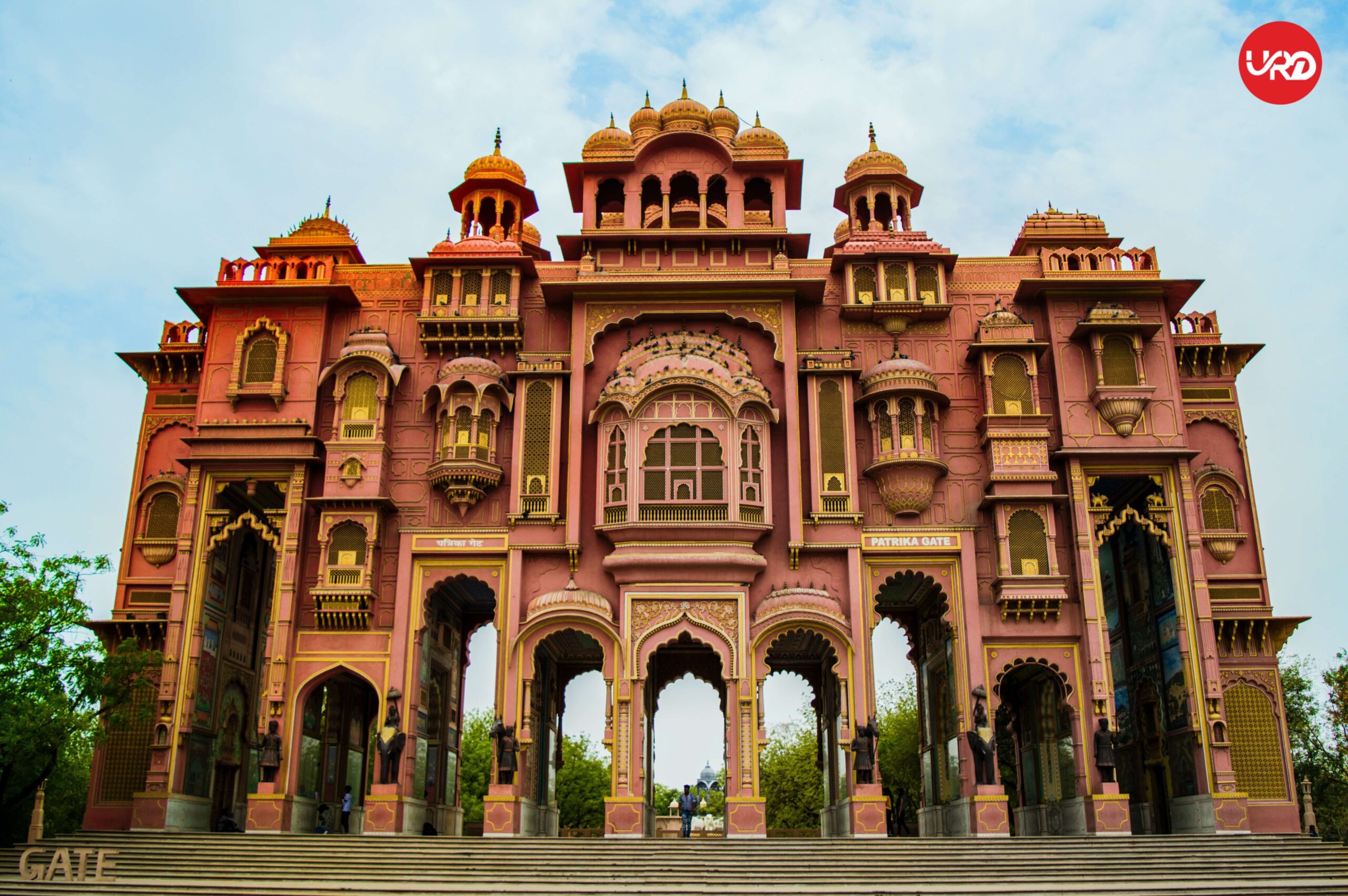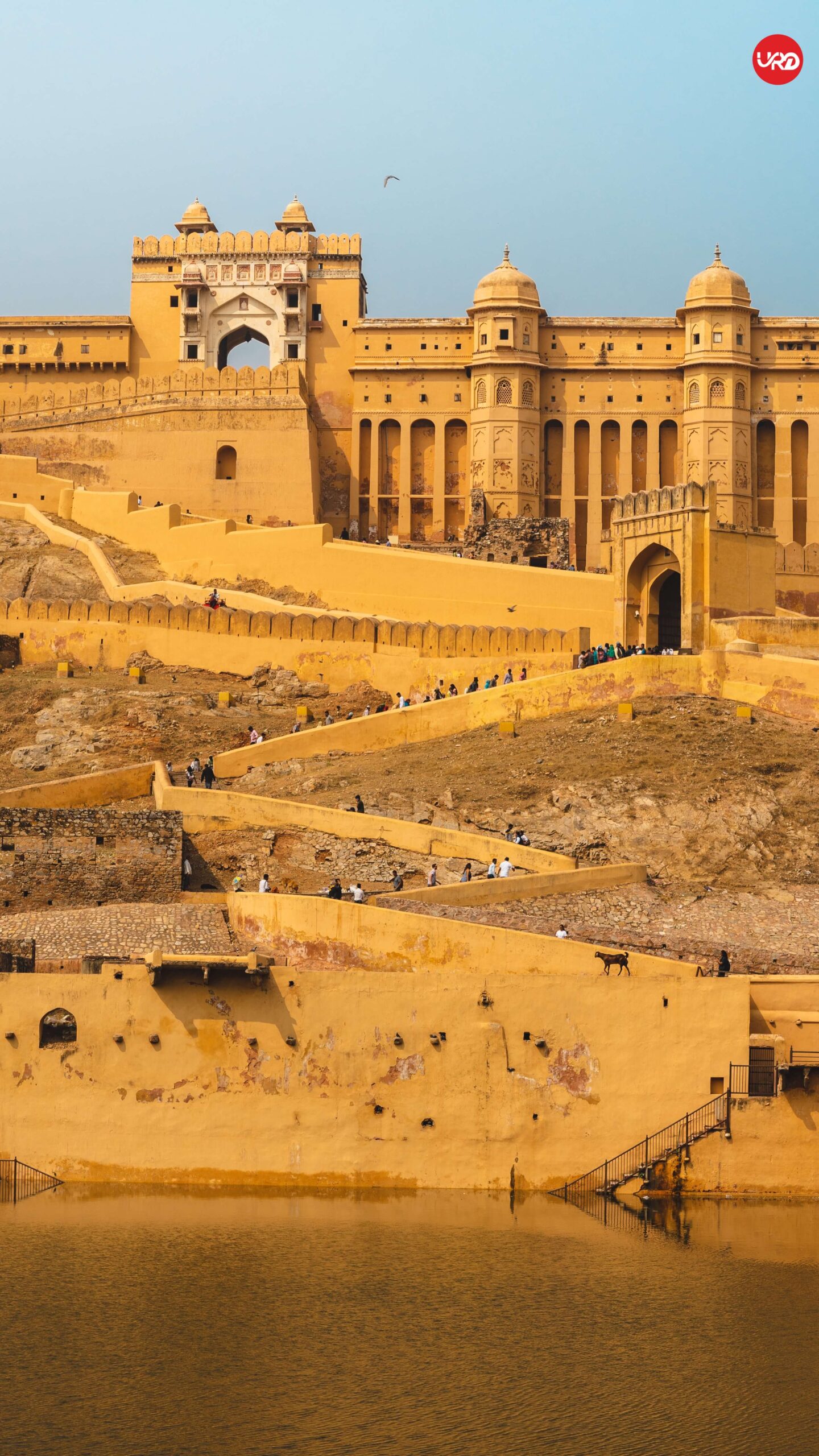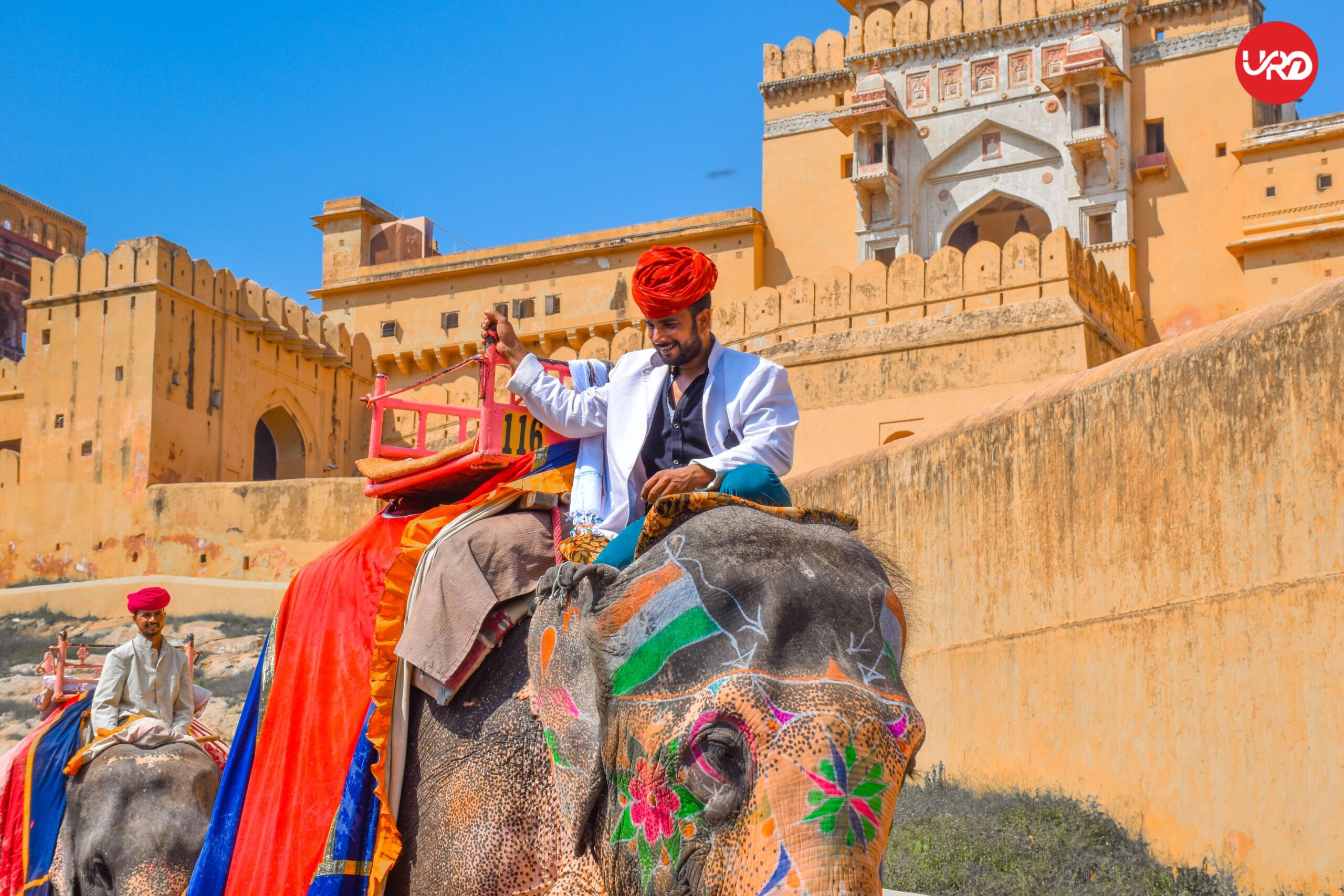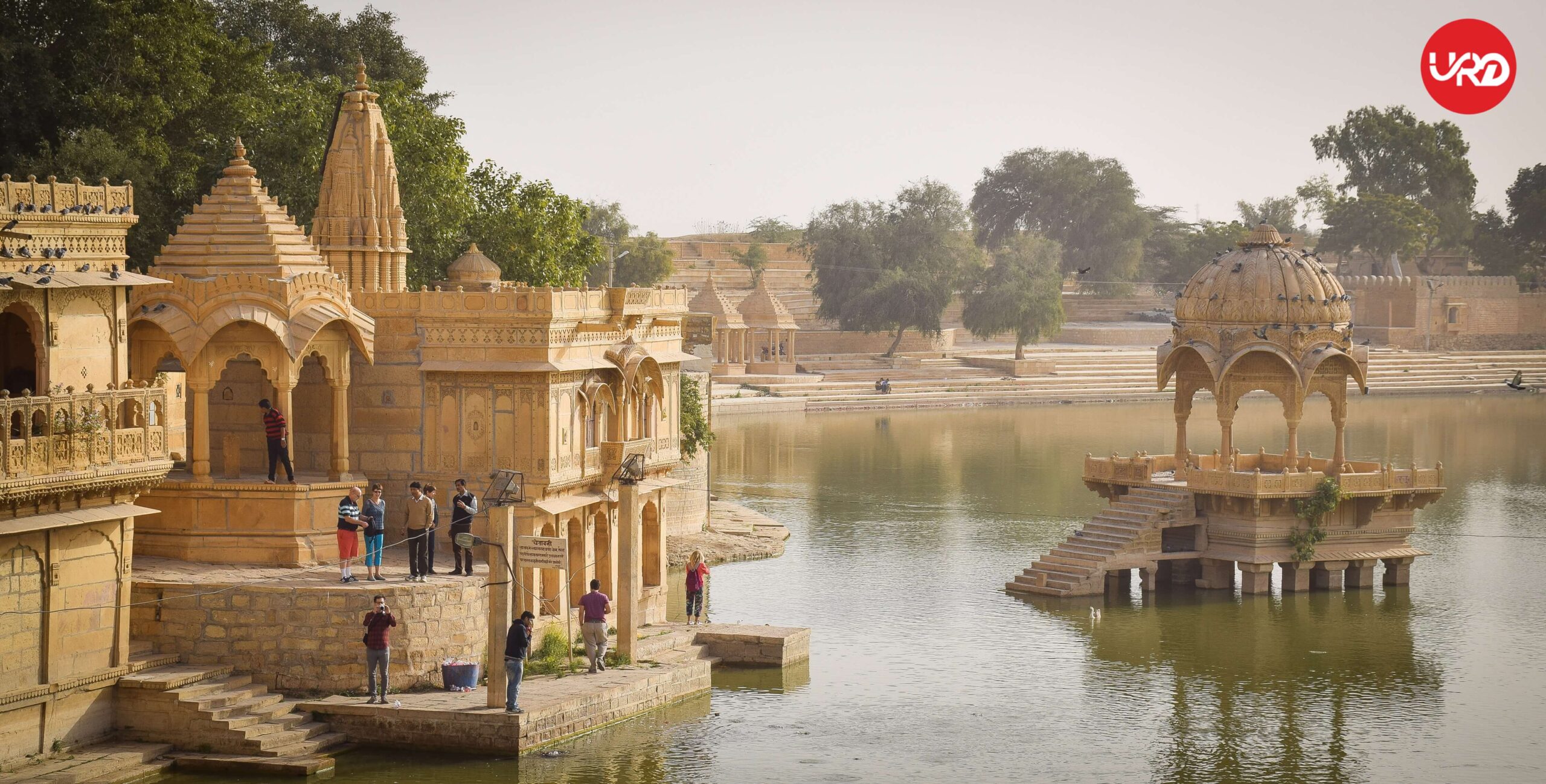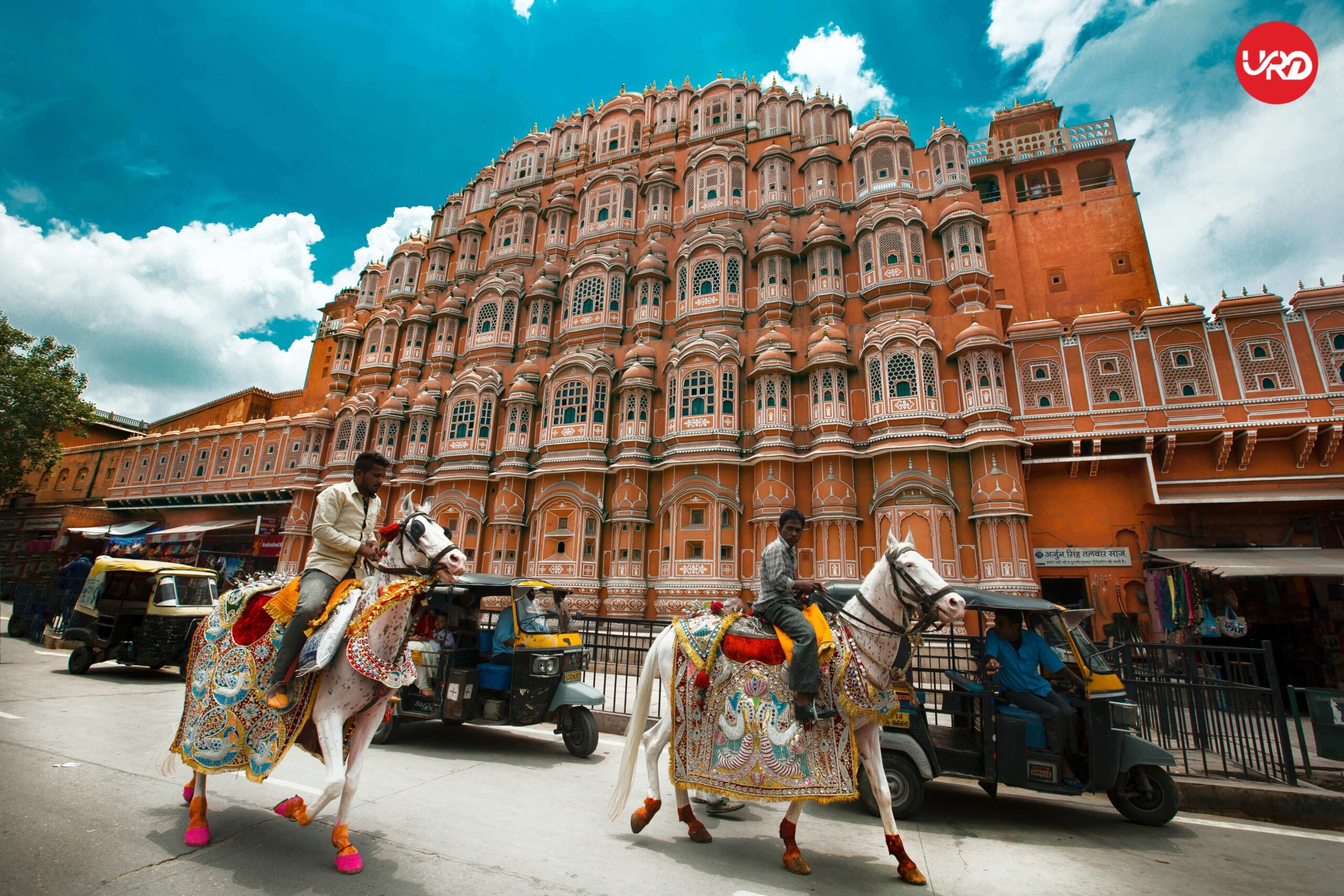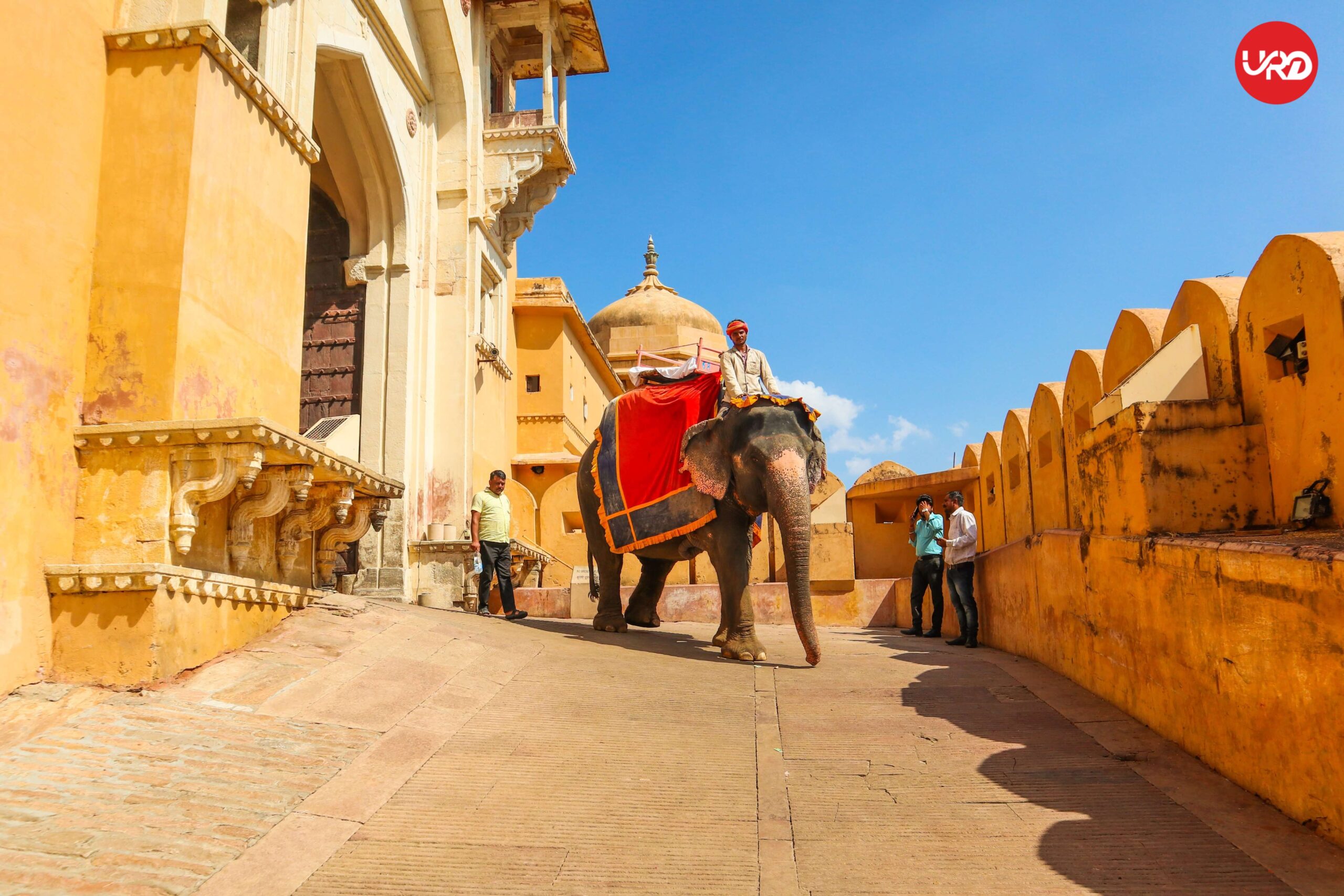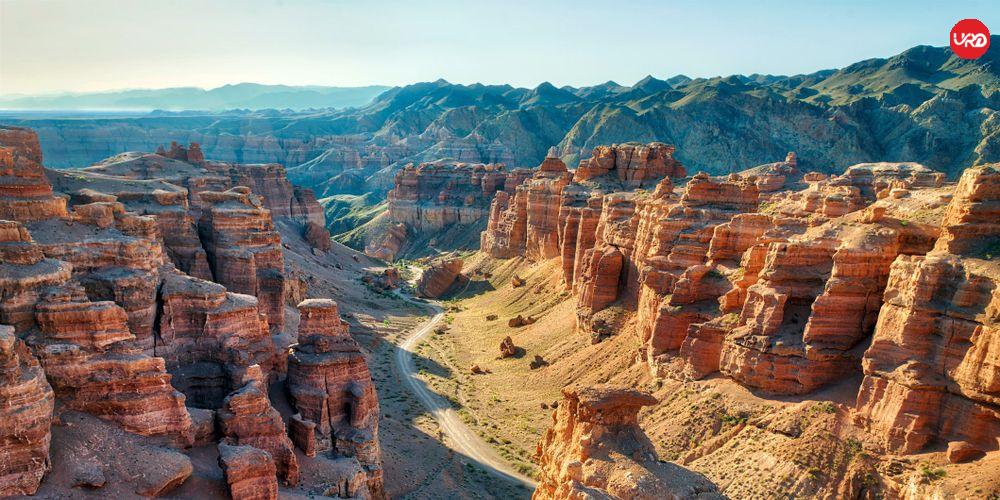
Charyn Canyon – The Valley of Castles
Carved by millions of years of wind and water, Charyn Canyon is one of Kazakhstan’s most breathtaking natural wonders—often dubbed the “Grand Canyon of Central Asia.” Stretching over 150 km along the Charyn River, the most famous section, the Valley of Castles, features towering red sandstone formations that resemble ancient fortresses. With dramatic cliffs, narrow trails, and surreal colors that shift with the sun, it’s a paradise for photographers, hikers, and adventure lovers. The silence of the canyon, broken only by the wind, creates a mystical and unforgettable atmosphere.




Near by places

Nestled at the foot of the snow-capped Tian Shan Mountains, Almaty is Kazakhstan’s cultural soul and former capital, blending modern lifestyle with majestic natural surroundings.

Tucked high in the Ile-Alatau National Park, Big Almaty Lake is a shimmering turquoise alpine reservoir set against a dramatic backdrop of snow-draped peaks.

Step into the sacred soul of Kazakhstan with a visit to Turkistan, one of the oldest and most historically significant cities in Central Asia.

Located in the scenic Zailiyskiy Alatau mountain range, just a short drive from Almaty, Shymbulak Ski Resort is Kazakhstan’s top alpine getaway and a four-season destination for nature lovers and thrill-seekers.

Bold, visionary, and strikingly modern—Astana (officially Nur-Sultan) stands as a symbol of Kazakhstan’s futuristic ambitions and cultural transformation.

